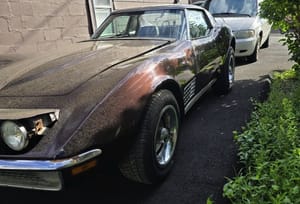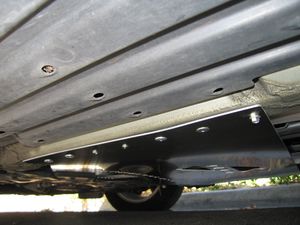A freshly restored 1967 Dodge Charger spotted at a Classic Car Cruise Night in San Diego is offering a reminder that early Chargers don’t need a 426 Hemi to stand out. The first-generation model, launched in 1966 as Dodge’s attempt to bridge the gap between pony cars and personal luxury coupes, still carries a distinctive presence nearly six decades later.
The Charger debuted alongside Chrysler’s Street Hemi program, arriving with a sleek fastback roofline, full-width taillight panel and an “electric shaver”–style grille. Dodge positioned it as more than another B-body entry by giving it a four-seat interior and higher-end trim than most midsize offerings. Initial interest was strong, with more than 37,000 cars sold in 1966, but the novelty faded quickly. Only 15,788 left showroom floors in 1967, prompting Dodge to redesign the car into the familiar ‘Coke bottle’ shape that elevated the model to muscle-car icon status beginning in 1968.
Because of that shift, the 1966–1967 Chargers tend to be overshadowed today unless equipped with the rare 426 Hemi. Only 585 of those engines were installed during the two-year run, leaving many restored cars—like the example in San Diego—without much collector attention despite their striking appearance.
The showcased 1967 model wears its original Light Blue metallic finish, a less common color that shifts subtly in different lighting and highlights the fastback proportions. Inside, a darker blue cabin retains the correct four-seat layout and the updated center console design introduced for 1967. Both areas appear restored to a high standard, emphasizing how visually rewarding these cars can be when properly detailed.
Its exact engine remains unknown, as the car carries no fender badges and the VIN wasn’t verified. That rules out the Hemi, but period options ranged widely. The standard offering for 1967 was a 318-cubic-inch small-block, with more than 5,000 cars built with that configuration. Above it sat two versions of the 383 V8. The four-barrel variant was particularly popular, with more than 4,000 cars ordered with an automatic transmission. Based on availability, that engine is a strong possibility for this car.
Buyers in 1967 could also select the new 440-cubic-inch V8 or the ultra-rare 426 Hemi, though those accounted for only a few hundred cars combined. Whatever this Charger is running, its presentation proves that first-generation models remain an impressive sight—Hemi or not.





